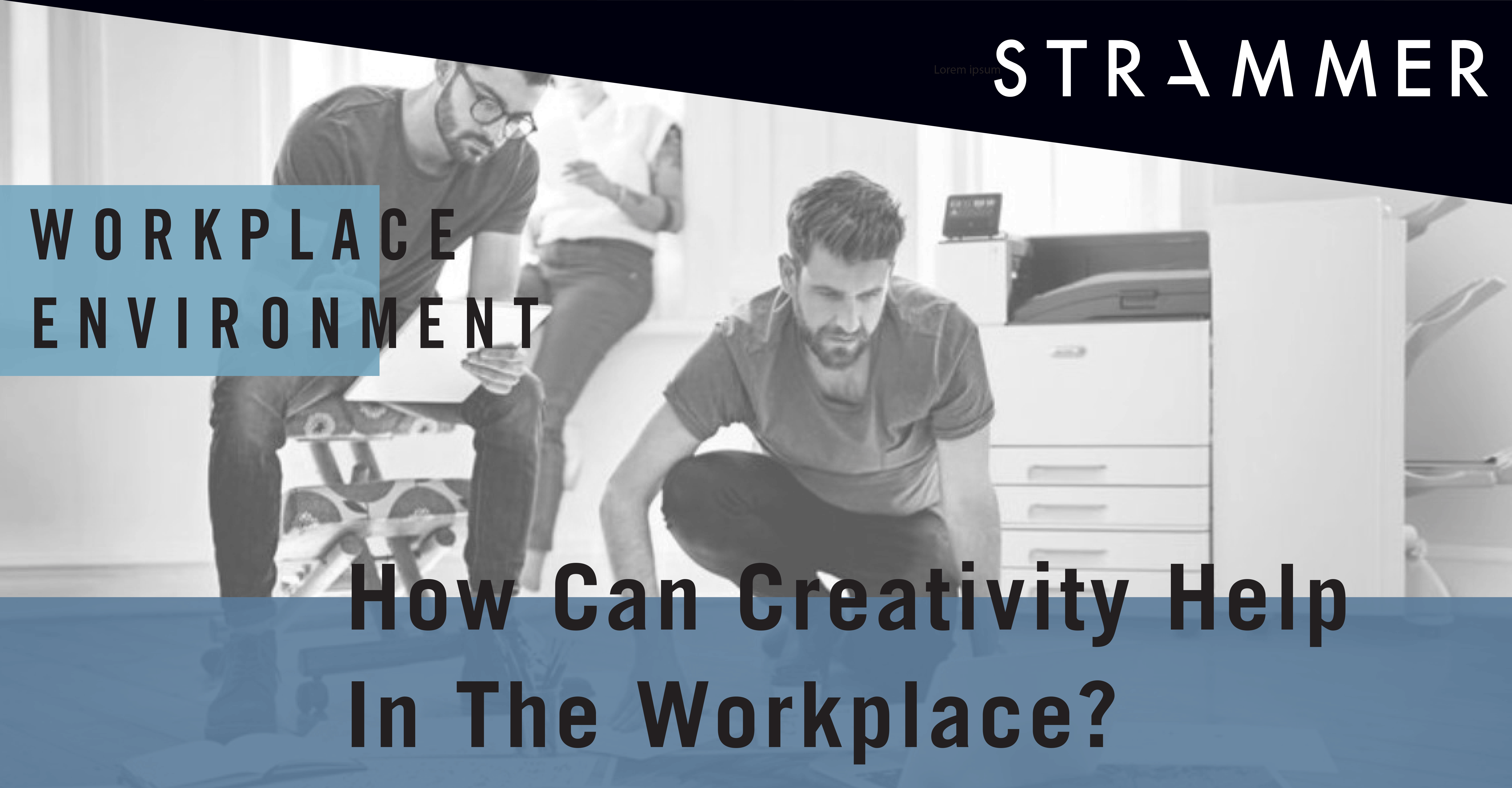How Can Creativity Help in the Workplace?
Nothing is more intimidating than a blank page and no ideas. Unfortunately, creative ideas do not come when we want. This is why we need to work on our creativity. Yes, work on it. Creativity is not a talent and it can be improved. The left side of our brain is linked to logic while theright side is linked to creativity. If we are not developing our creativity, we are not using a part of our brain.
Creativity requires we get connected with what inspires us. From books to songs, paintings, etc. Each one of us get inspired by different things. A 2018 study, by the Journal of Business Research, showed that individuals who looked at a painting before performing a task had better efficiency than those who did not look at any paintings. So, it is fundamental to take part in activities that develop our creativity and increase life experiences. Creative activities such as writing, cooking, or even painting are some examples.
To enhance creativity, it is important to empty our minds. Multitasking became a constant thing. But creativity comes when our mind is wandering, so embrace boredom. Being outdoors helps clear our minds and reduces stress. Investing in our sleep is also crucial, given that creativity relates to good sleep.
It is essential to know how to manage negativity and criticism regarding our creativity. Constructive criticism is crucial to help us grow and innovate. It can also be a way to encourage workers to think outside of the box.
The workplace influences creativity. So, it is fundamental that workers have the chance to work with different team members from different areas and backgrounds. A diverse workforce is more likely to have different ideas and a strengthened creative thinking. On the other hand, employers should promote regular changes in the work environment to enhance creativity. Even, just changing desks can contribute to creative thinking.
Drawing is another strategy that companies can implement. For ages, we have been using symbols and draws to communicate. Studies and research have shown none of them are random. Visuals and drawings help workers see the bigger picture and consider all situations. Implementing this showed results in increased creativity and productivity.
Employers need to respect employees’ creative process, which means giving them the time and freedom to work on their creativity and innovations. They should also encourage workers to take risks. Workers that feel their ideas are important and valued are more motivated and work harder.
Organisations expect from workers creative and innovative solutions, to accomplish successful results. But according to a Gallup survey from 2018, only 52% of workers stated they had the time to be creative every day at work.
Given the growing role of machines in the workplace, it makes sense that in 2019 the most in-demand skill in the workplace is creativity. Creativity is something we cannot teach a machine.
Steve Jobs once said: “Creativity is just connecting things. When you ask creative people how they did something, they feel a little guilty because they didn’t really do it, they just saw something. It seemed obvious to them after a while. That’s because they were able to connect experiences they’ve had and synthesize new things.”
References:
- How to Be Innovative and Creative at Work, December 2018, Lifehack
- Does Diversity Actually Increase Creativity?, June 2017, Harvard Business Review
- Here’s How to Unleash Creativity at Your Next Meeting, June 2019, Inc.
- Ways to Enhance Employees’ Creativity and Innovation in the Workplace, January 2019, INFLUENCIVE
- How to Make The Most Of Your Employees’ Innovative Ideas, November 2018, Medium





